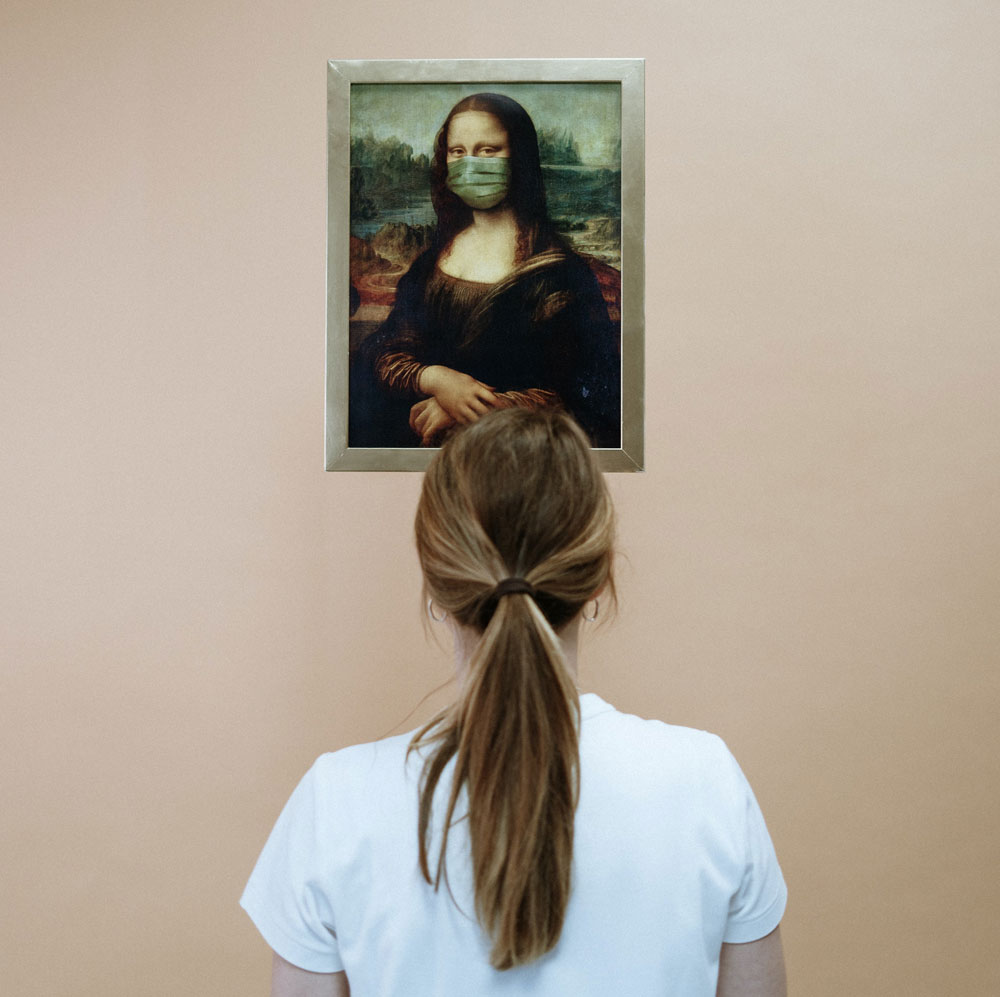
July 6, 2020; Guardian
In happier times, a visit to the Louvre is required staple of summer travelers visiting Paris. While these are anything but normal times, if there is one sign of a hint of normalcy returning to the City of Lights, it is that you can once again view Leonardo da Vinci’s Mona Lisa as the Louvre partially reopens for business.
With floor markers to encourage social distancing, only 500 guests allowed in every half hour, and masks required, the museum’s director, Jean-Luc Martinez, opened the doors last week to a round of applause from staff.
“A museum is made, above all, to welcome visitors,” Martinez declared. “We have devoted our lives to art, and we like to share it.”
With proper planning around ever-emerging safety protocols and a clear passion for mission, it remains to be seen how the rest of the year will play out fiscally for the international treasure and museums everywhere.
Martinez didn’t seem overly optimistic about the remainder of the year. The Louvre reopened to a crowd of 7,000 in early July, when normally a summer crowd of 50,000 would have come through the doors, mainly summer tourists from the United States, Russia, and Brazil who won’t be returning in droves with credit cards in hand any time soon. The museum plans to court French patrons in an attempt to bridge the gap.
Sign up for our free newsletters
Subscribe to NPQ's newsletters to have our top stories delivered directly to your inbox.
By signing up, you agree to our privacy policy and terms of use, and to receive messages from NPQ and our partners.
Closer to home, with a flurry of gratitude toward the donors who carried them through and a whirl of new safety measures, museums and botanical gardens in the United States are starting to run soft reopens in a bid to return to a bit of normalcy amid fluctuating virus and death rates. In Phoenix, the Heard Museum, which houses a premier collection of Native American art, was shuttered in April and May due to COVID-19, but reopened to the public on June 9th.
David M. Roche, director and CEO at the Heard, explains that safety was on his staff’s mind, and they would not have reopened unless they could do it safely. “We believe that at this moment, the need for art, and the unique work of the Heard Museum, has never been greater. We are proud to once again be serving the Phoenix community just as we have for the past 90 years, in good times and in bad.”
Across town, executive director Ken Schultz notes that this was only the second time in its history that the Desert Botanical Garden had to close the doors to its elaborate outdoor desert displays, which visitors access through foot paths and trails.
Schultz says he was overwhelmed by the number of patrons who followed the garden on social media during the shutdown, purchased a membership or made a donation, who continued to care for the treasured plants. “Much like the last time,” he offers, “it was the dedication and support of the Garden community that allowed the reopening of the trails.”
Whether they are housing the works of Michelangelo, art from the Lakota people, or rare cacti and succulents, it is clear that for museums, botanical gardens, and historical sites around the world, the work towards reopening may be done, but the fiscal fight to stay open permanently has just begun.—Carrie Collins-Fadell













